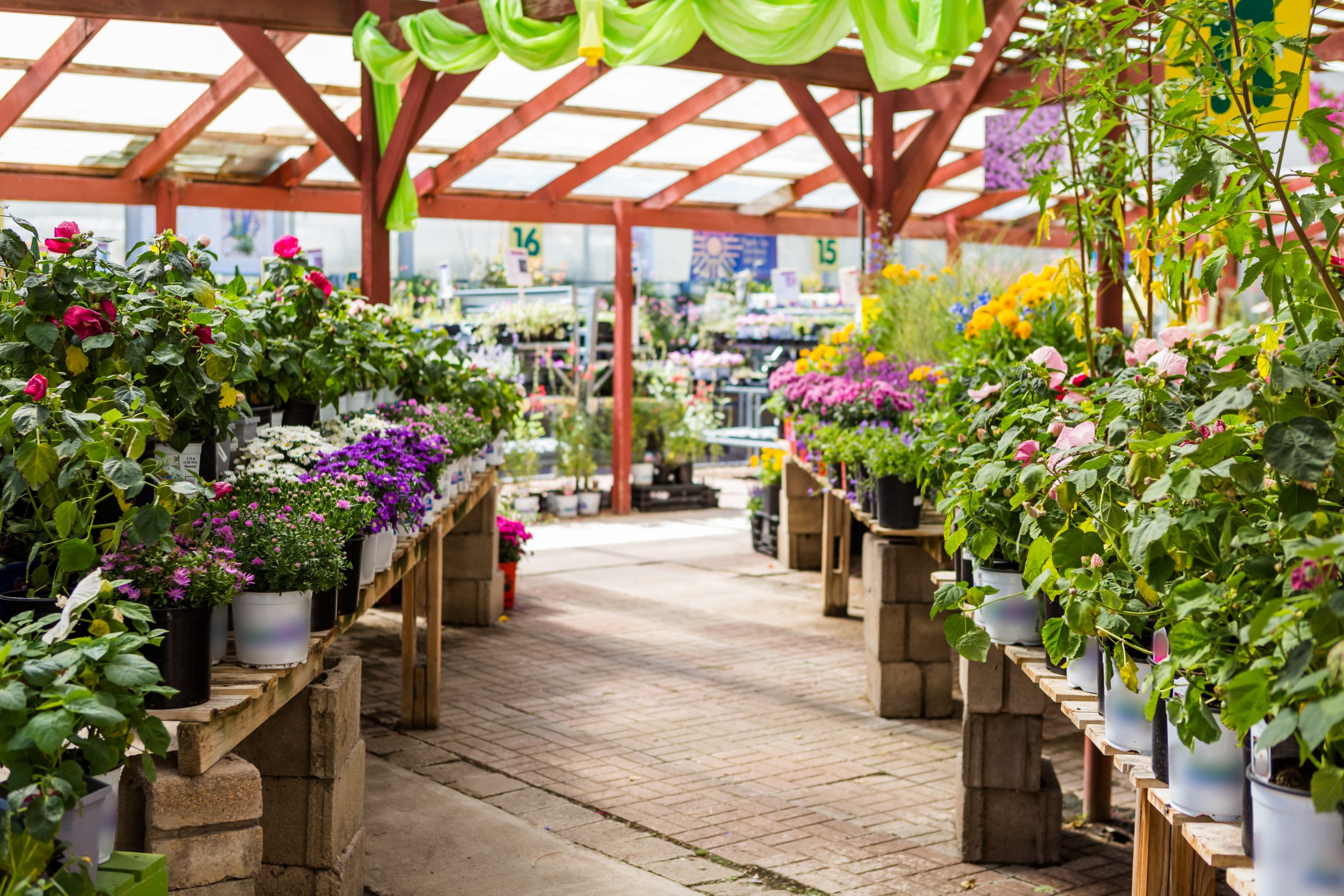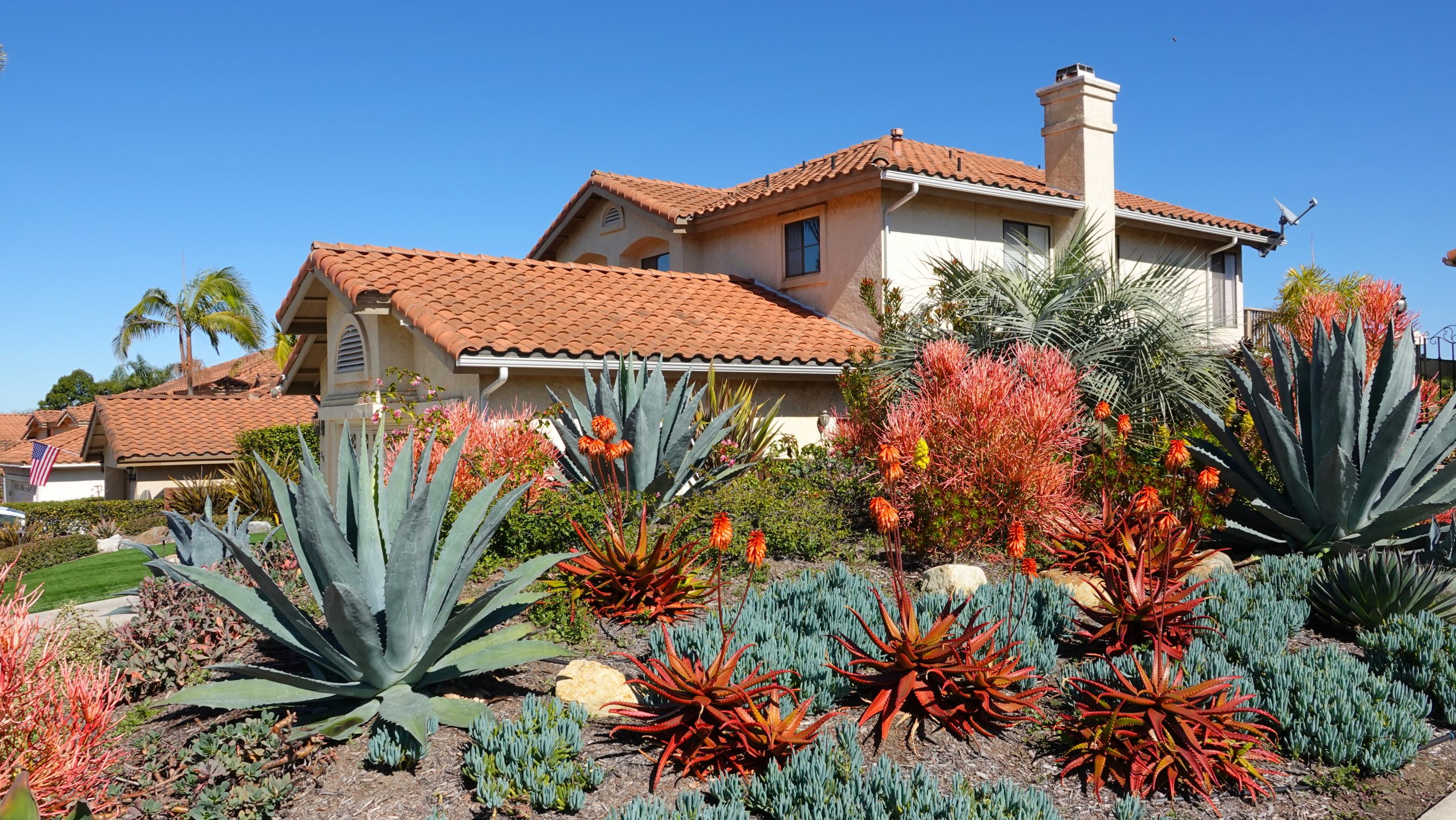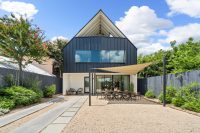Native Landscaping for Your Yard

Did you know that perfectly manicured, green grass lawns aren’t natural? You wouldn’t think so from looking at most homes across the country. While traditional grass lawns are good options for locations with mild weather, they don’t work as well in areas that experience frequent changes or extreme weather. Many homeowners are turning to an easier, more affordable solution. Native landscaping designs ensure your yard looks good all year long. The birds, the bees, and the local wildlife will love your yard, too! Let’s look at what native landscaping is, and how you can get started in dry and wet climates.
What is Native Landscaping?
Native landscaping uses plants that are local to an area to design a beautiful, low-maintenance yard. Because they grow there naturally, the plants are well-adapted to seasonal climate conditions and don’t need as much watering or care. They will also be more resistant to native pests and help protect against soil erosion and water loss. When in bloom, native plants will attract native insects, such as bees and butterflies, as well as hummingbirds and other local wildlife. To really see the benefits, each plant in your yard should be native to your area – from the flowers and the shrubs to the trees and even, the grass.
Landscaping in Dry Climates
Green grass lawns are not ideal for dry climates (not if you want to keep your water bill down). But that doesn’t mean you have to sacrifice the picture-perfect look in your yard! Cacti and succulents are beautiful, blooming plants that thrive in hot, southern states, such as Texas. Native Texas grasses are drought-resistant and hardy and meant to grow in their natural formations (no more weekly mowing!). The Mexican Buckeye and Texas Sage are great shrub options that produce fragrant colorful flowers, even in fall and winter. If you want to use plants that aren’t native to dry climates, consider the xeriscaping technique to help maximize your water flow.

Landscaping in Wet Climates
In wet climates, like the Pacific Northwest, your yard may be in danger of drowning from natural rainfall. Planting a rainforest in your yard won’t necessarily help, though. Plant native trees like Oceanspray that can tolerate salty moisture in the air from the ocean. Perennials, such as Goat’s Beard and Royal Fern, will thrive in the cold, rainy seasons and survive the dryer summers to bloom once again. Bunchberry is a short groundcover plant while Purple Moor and Burgundy Bunny are taller grasses that look nice all year. Some water-loving plants also prefer well-drained soil, so aerate the soil or use planter containers to help regulate their water levels.

When designing your native landscaping plan, it’s essential to consider the amount of sun, shade, and rainfall different areas of your yard get throughout the year. Then choose native plants based on their needs and how well your yard can meet them. Beware of invasive species that aren’t truly native, however. You can ask a local university with a horticulture or agriculture department which plants are best for your area. Creating a native landscape benefits not just you, but the whole community. A healthy and happy yard equals a healthy and happy local ecosystem.
Does your property have a beautifully landscaped native garden? Upgrade your sale or rental listing with professional photos from Square Foot Photography!









